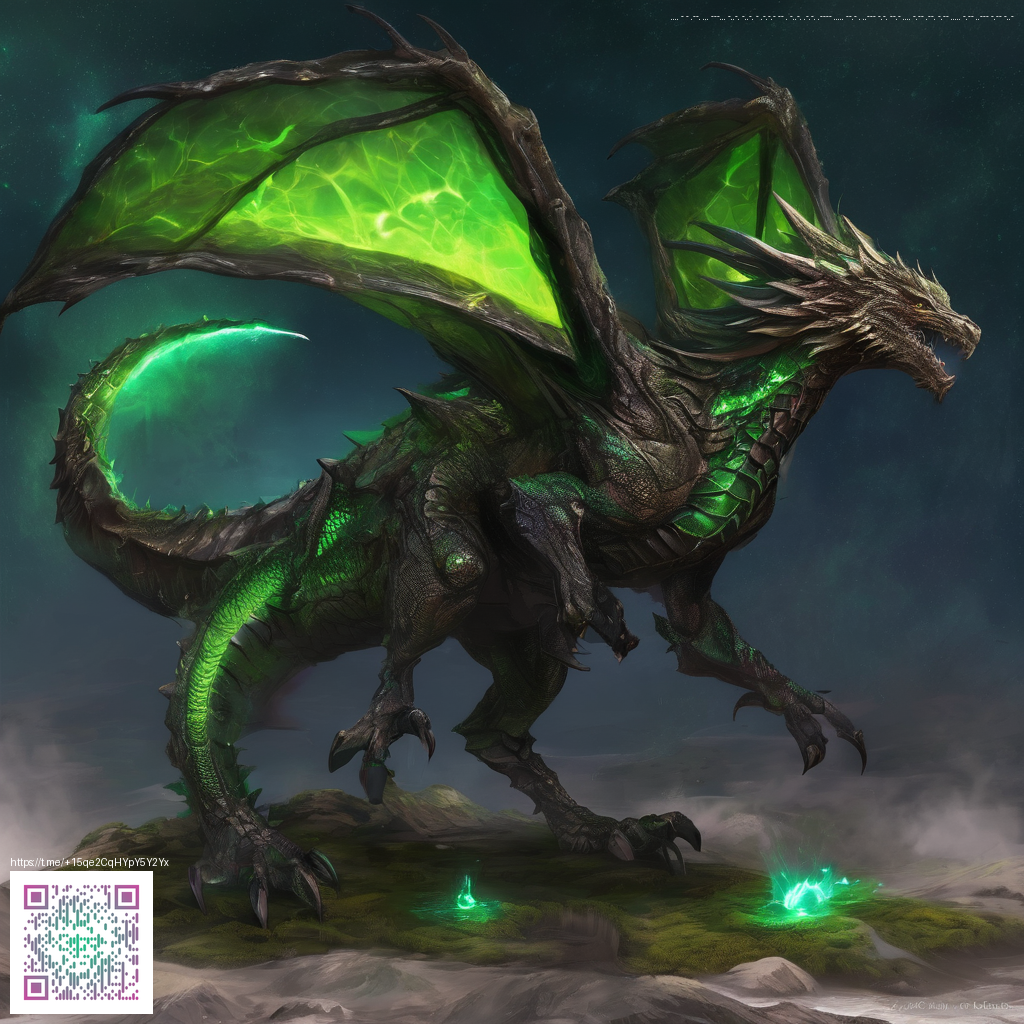
Iconic Wordless Moments in Journey
Thatgamecompany crafted a serene odyssey that speaks volumes through movement, light, and silence. Players slip into a robe that glows with the rhythm of discovery, and in that glow you can feel conversations without syllables. The magic lies not in what is said but in what is shared, often in the span of a single, breathless run across a windswept world. Here we unpack the most recognizable beats where the game’s wordless language becomes its loudest statement 💠
Gameplay that speaks without words
The core loop of exploration, obstacle overcoming, and mutual assistance unfolds with almost sculptural precision. Each run is a tiny collaboration, where two travelers become a makeshift team, guiding one another across crumbling ledges and treacherous chasms. The scarf glows brighter as you move in sync, and that visual cue carries more than a gameplay mechanic it becomes a bond indicator between anonymous allies. The simple act of lifting a fellow traveler over a barrier or sharing energy at a shrine communicates trust in a universal code that transcends language. It is a design philosophy that invites players to project intent, emotion, and intention onto the other you happen to meet in the desert, hill, or ruin.
Chants and silent cooperation
Though there are no spoken lines in the traditional sense, the game engineers a lively acoustic backdrop that grows with camaraderie. Players discover nonverbal signals and shared choreography, a sort of whispered etiquette among strangers who become temporary partners. You learn to read the tempo of a partner’s jumps, the way a second traveler instinctively leans into a ledge, or how the glow of the robes shifts to signal readiness for a leap of faith. This is cooperation as performance art, a sequence of small decisions that accumulate into a bigger journey. A quiet moment with a companion can feel cinematic, a reminder that sometimes the most meaningful dialogue happens in the space between actions.
Community voices often describe the first meeting as a sublime handshake without words. Strangers become allies in minutes, and the moment you synchronize a shared climb feels like a tiny revolution in how we connect through play.
Iconic moments that fans replay
There are scenes that have lingered in the memory banks of players long after the credits roll. The first encounter with another traveler, where an unspoken agreement forms to cross a dangerous stretch together, remains one of the most replayed micro-stories in modern co op gaming. Another crowd-pleasing beat is a cooperative ascent to a luminescent plateau where two silhouettes become a single, rising thread of light. The final sequence, where two robed figures reach the mountain’s apex and the game fades into a choir of wind and texture, is often cited as a distilled essence of the experience. These moments aren’t about dramatic dialogue but about the unspoken trust that blossoms when two people commit to a shared path and then part ways into a new orbit of connection.
Developer commentary and community insights
The designers at Thatgamecompany have long championed the idea that play should evoke empathy and wonder rather than instruct or chatter. Journey is a living manifesto for how games can tell a story with mechanics instead of lines of dialogue. The score by Austin Wintory threads through the experience like a second heartbeat, turning every footstep into a note and every jump into a phrase. In interviews and post launch reflections, the team has emphasized how silence can be a powerful storytelling tool when paired with a carefully crafted environment. Community chatter echoes that sentiment, with players sharing what certain sequences taught them about cooperation, patience, and the beauty of a shared moment that isn’t mediated by text or voice chat. The result is a game that rewards attention, imagination, and a willingness to help a stranger you may never meet again.
From a design perspective the magic is in how simple inputs produce deep resonance. The pace invites you to savor connection rather than rush toward a finish line. This is not a sprint it is a pilgrimage where the journey itself is the destination. And while there is a seasonal cadence around new players discovering the title years after its debut, the core language remains surprisingly fresh. It’s a reminder that the most powerful tools in a multiplayer experience aren’t guns or gadgets but timing, trust, and shared curiosity.
For fans who relish the idea of games as social sculpture, Journey offers a template for how to craft moments that feel inevitable in hindsight. The quiet triumphs—the breathless relief after a tricky cross, the joy of a second traveler stepping in to help you, the sense of wonder when the wind lifts you skyward—are the things players return for again and again. The design challenges conventional notions of narrative by teaching us the value of listening to what your partner is saying with their actions rather than their words.
As the community continues to explore the boundaries of cooperative play, some fans experiment with how this silent syntax translates to other genres. The underlying principle remains compelling: companionship can be the loudest character in a world that is otherwise hushed. If you open your senses to the rhythms of two players sharing a path, you’ll hear a different kind of conversation one that requires you to look up, listen, and leap together 🌑
To keep supporting creators and a decentralized internet ethos that underpins many indie studios, you can contribute to the ongoing support fund below. Your generosity helps independent teams push the boundaries of what a game can be and how players connect across borders. Donate to keep this spirit alive and collaborative spaces vibrant.
Support Decentralized Internet